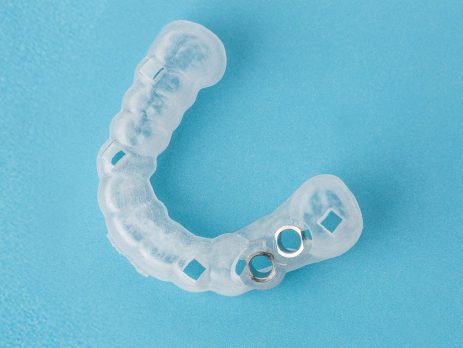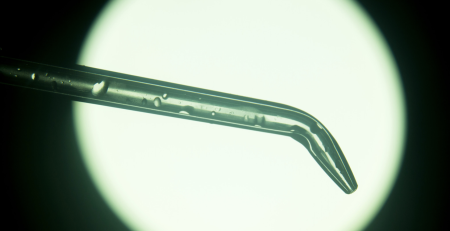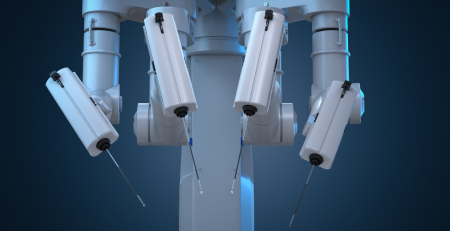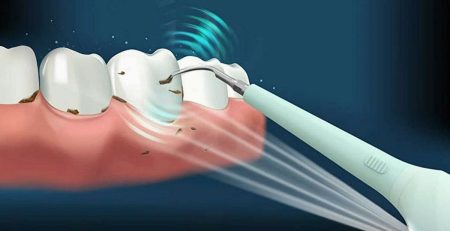What is a Seamless Implant? Tuzla Seamless Incisionless Implant
Seamless implants are an innovative treatment method developed as an alternative to traditional dental implants. Unlike traditional implants that often require incisions on the gums and the use of stitches to secure the placed implant, seamless implants adopt a less invasive approach. These implants are designed to minimize surgical intervention, typically offering faster healing and less pain.
Why Seamless – Incision-Free Implants?
Placed with Microsurgical Techniques: Seamless implants are generally placed using microsurgical techniques. In this method, either a minimal incision is made on the gums or the implant is placed without any incision. This procedure is conducted with greater precision and control compared to traditional surgery.
Reduced Trauma: Seamless implant placement does not require the surgeon to cut the gum or only involves very small incisions, causing less trauma to the gum tissue. This leads to faster healing and helps reduce the risk of infection.
Faster Healing: One of the key advantages of seamless implants is the significantly faster healing process. As the procedure is stitch-free, there is no need for an additional step such as stitch removal, allowing patients to recover more quickly and return to their daily lives sooner.
Minimal Risk of Infection: Traditional implant procedures involve larger incisions and stitches, which can increase the risk of infection. In seamless implants, smaller incisions and minimal interaction with the tissue significantly reduce this risk.
More Esthetic Results: Seamless implants leave less scarring on the gums and provide better esthetic outcomes. The absence of stitches can improve visual results, particularly in esthetically sensitive dental areas.
Seamless Implant Application Process
The process of placing seamless implants involves the following steps:
Initial Examination and Planning: The dentist evaluates the patient’s dental structure, jawbone density, and general health. At this stage, the dentist determines the feasibility of seamless implants and develops a treatment plan.
Minimal Incisions or Incision-Free Method: The seamless implant procedure can be performed with minimal incisions or incision-free techniques on the gums. With advancements in technology, incision-free placement techniques can be applied in certain cases, representing a less invasive approach.
Implant Placement: During seamless implant placement, the implant is fixed beneath the gums and into the jawbone. The goal here is to ensure the implant heals harmoniously with the jawbone without the need for additional stitches.
Healing Process: After the implant is placed, the healing process begins. Compared to traditional implants, seamless implants heal faster due to the absence of stitches and less tissue damage. However, the integration of the implant with the jawbone takes a few weeks.
Next Steps: Once the implant has successfully integrated with the jawbone, a permanent dental prosthesis is placed on top. This stage ensures the functional and esthetic usability of the tooth.
Advantages of Seamless Implants
Less Pain and Discomfort: Seamless implants generally cause less pain compared to traditional methods, as less tissue is affected during the procedure.
Faster Healing Process: Seamless methods typically accelerate the healing process, as there is no need for stitches and less intervention on the gums.
Esthetic and Natural Appearance: Seamless implants yield better esthetic results since they do not damage the gums. Additionally, the gums surrounding the implant appear healthier.
Reduced Risk of Infection: Less surgical intervention minimizes the risk of infection. Seamless implants are safer in this regard.
Time Efficiency: Traditional implants may require an extra visit for stitch removal, but seamless implants eliminate this step, saving time.
Seamless implants represent a significant advancement in dentistry, aimed at accelerating the recovery process and making treatment more comfortable for patients. However, they may not be suitable for all patients, and a detailed evaluation by a dentist is essential before starting the treatment process. These implants, placed using minimally invasive surgical techniques, can provide satisfying results both esthetically and functionally.










